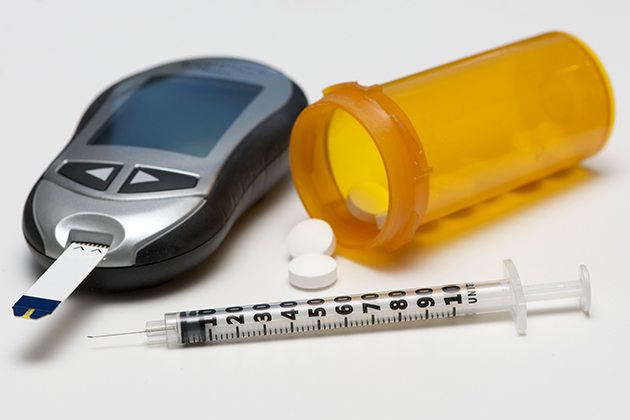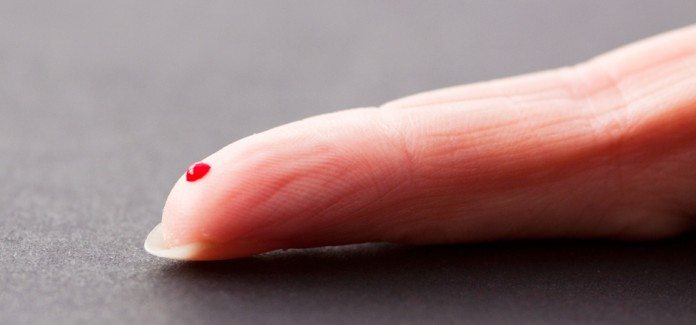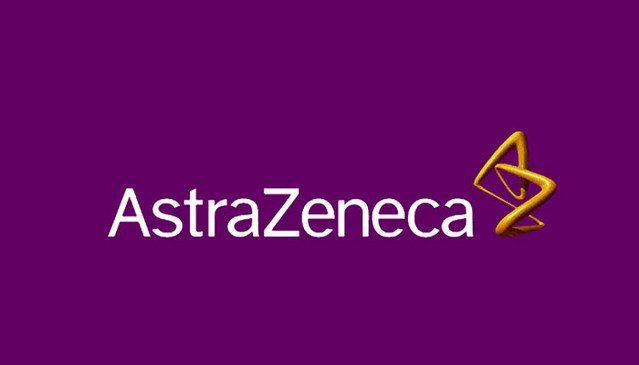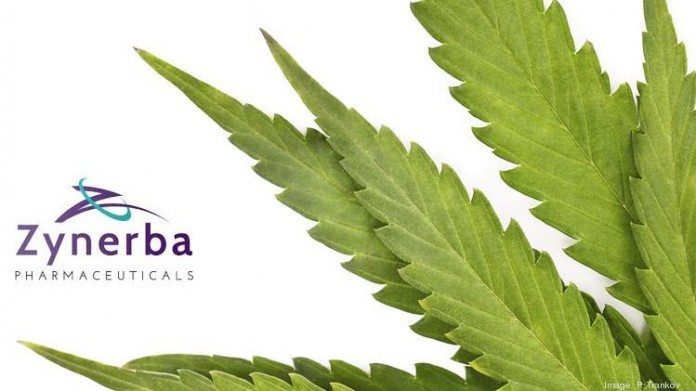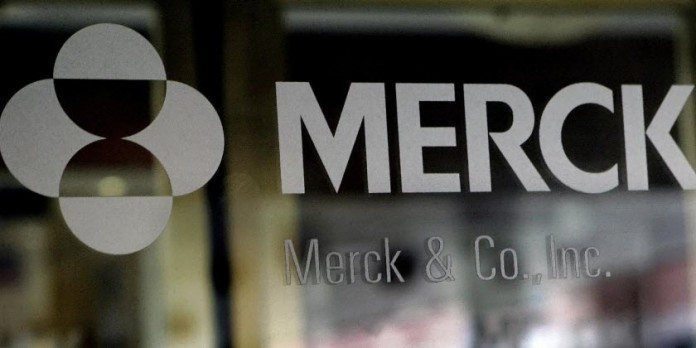Data reported this month revealed that the market for human insulin generated a little over $24 billion during 2014. Over the next five years, the data suggests a compound annual growth rate of nearly 13%, putting the 2020 industry valuation at $49 billion.
For a company with a market capitalization of less than $100 million, targeting a $50 billion market might sound overly ambitious. Not so, says Israel-based Oramed Pharmaceuticals Inc. (NASDAQ:ORMP). Oramed is not just targeting the human insulin market but is doing so with a treatment that, if approved, could be revolutionary. The company is developing an oral delivery insulin pill, initially targeting type I and type II diabetes. In doing so, it is in direct competition with Novo Nordisk A/S (NYSE:NVO), which at last close had a market valuation of $147 billion, and last year generated $13 billion net sales, $10 billion of which came from its diabetes related products. Despite this, however, Oramed is leading the race.
On June 30, 2015, the company announced it had enrolled its first patient in a phase IIb study of its oral insulin pill, which it calls ORMD-0801. The study will see circa 180 type II diabetes patients undergo 28 days of treatment at a minimum of 30 sites across the US, with the primary endpoints of evaluating both safety and efficacy of ORMD-0801. The company announced topline results from a phase IIa study of the same indication early last year, which demonstrated the treatment as being both safe and well tolerated. In addition, Oramed reported a reduction in glucose concentrations across patients in two dose groups across all three areas of testing (mean daytime, nighttime and fasting concentrations).
The way these things work is the FDA will often request a small-scale study (the phase IIa) to support the case for a wider scale evaluation. In this instance, a phase IIa study ORMD-0801 across 30 patient base on a seven-day timeframe. The goal now is to replicate the outcome of this result across the six times multiplied patient base slated for the already commenced phase IIb. Two things stand out as being attractive from an investment standpoint related to this trial. The first, that it has a 28-day administration period. In the grand scheme of biotech, this is miniscule. It should mean we get topline results within a maximum of 12 weeks – assuming everything runs smoothly. The second, that if the trial meets its endpoints, funding is already in place to carry ORMD-0801 through to approval. The company announced on July 7, that it was negotiating a deal with Sinopharm, the biggest healthcare group in China, and Hefei, a pharmaceutical investment business, there could be worth up to $50 million. Breaking this down, Sinopharm and Hefei will take a combined stake in Oramed worth about $12 million, and Oramed will give the two companies exclusive Chinese rights to ORMD-0801 for $38 million. $18 million due on completion, and 20 million due on the release of topline results.
Novo is yet to announce the commencing of its own phase IIb for its oral administration insulin equivalent. At the same time, Oramed has kicked off enrollment and is closing in on global licensing deals worth more than 50% of its entire market capitalization.
And that’s not all. As we mentioned in the introduction, the company is also investigating the treatment for a diabetes type I indication – with a phase IIa completed during Q3 last year. As with the type II indication, this study demonstrated safety and efficacy across a small sample size, and the company intends to expand this sample in a phase IIb during 2017.
Looking at things from a financial perspective, the company has no debt, cash and equivalents of a little over $26 million (not taking into account the potential injection from the Chinese rights deal) and a fully diluted share count of 14.5 million.
So what’s the takeaway here? Well, before we get carried away, we must point out that Oramed is a development stage biotech company that is yet to generate revenues from any of its candidate therapies. The road to FDA approval is littered with pitfalls, and can be unexpectedly costly. However, with this said, Oramed is about as risk mitigating as it can get. Financially sound, with what could be a revolutionary treatment in a multicenter, US-based phase II for and targeting a market worth many multiples of its current valuation – qualities not often seen at this end of the market cap scale.
More from Market Exclusive:

